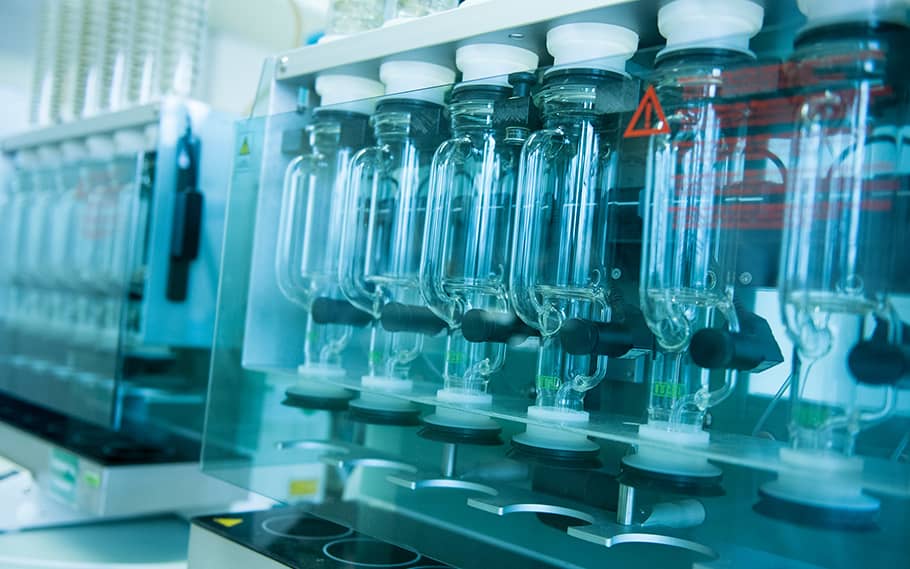Quality-relevant criteria
Crucial for the assessment of the marketability of the product quality are primarily the chemical characteristics of microbiological status as well as the appearance, odour and flavour of the product.
Sensory testing
The condition, quality, freshness and decay of meat and meat products may also be assessed using sensory testing. Trained and experienced testers perform the testing. As part of the process, distinctions are made between the descriptive testing for assessment of the marketability of the product and the evaluative testing to assess the quality of the product.
Microbiology and Hygiene
Micro-organisms have a variety of influences on foodstuffs. On the one hand, they are used in the manufacturing process of meat and meat products (e.g. for refining), but they also have a decisive influence on the shelf life of the product (they are for example responsible for the decay of the product).
They are added as protective cultures or starter cultures (e.g. in the from of lactic acid bacteria or non-pathogenic staphylococcus) in the production of raw sausages to control the appearance, taste and shelf-life of the sausages during the fermentation process. Lactic acidification causes a lowering of the pH value and makes a crucial contribution to product safety as the multiplication of the pathogenic bacteria is inhibited significantly. Micro-organisms fulfil an additional function in the refinement of mould-ripened products.
As a rule however, micro-organisms are generally perceived in connection with the symptoms of decay and poisoning: Lactic acid bacteria, yeasts and mould accelerate the decay primarily of fresh meat, cooked and pre-cooked sausages and cooked cured products and decrease the product shelf life. Infections from pathogenic species such as salmonella, listeria monocytogenes or EHEC could, after consumption, cause serious and partially life-threatening illnesses. Food poisoning could be triggered by toxic metabolic products (e.g. staphylococcal enterotoxin or botulinum toxin).
The microbiological status of meat and meat products is, as a general rule, the decisive criteria for product safety. Guidelines for the permitted tolerance and limit values for pathogenic and apathogenic micro-organisms are given in the Food Hygiene Regulations (HyV) of the Swiss Federal Department of Home Affairs (EDI).
Meat processing companies must carry out regular microbiological analysis of the drinking water used and of the raw materials (hygiene of the slaughtered animal carcasses).
For companies that are EC certified, the exclusion of trichinella (meat parasites) in meat is also essential.

![[Translate to english:] Fleischwaren [Translate to english:] Fleischwaren](/fileadmin/Content/05_Lebensmittel/Lebensmittel_Fleischwaren/lebensmittel-fleischwaren-header.jpg)


